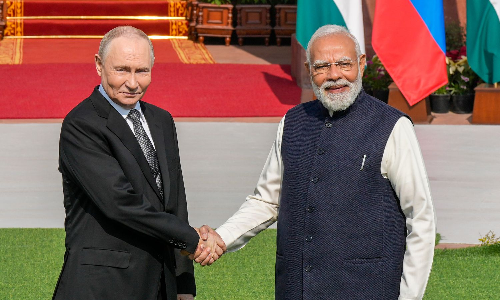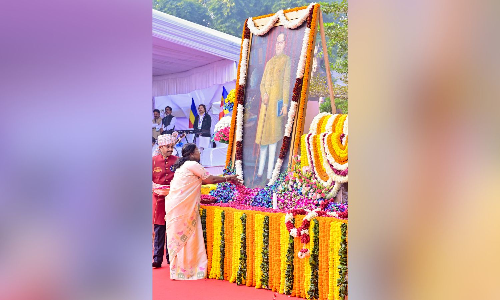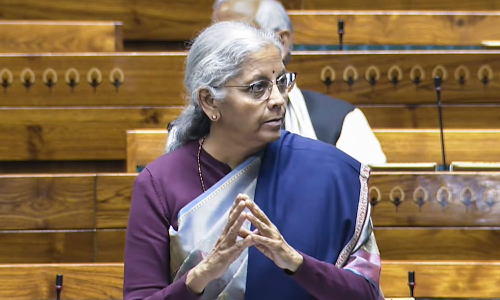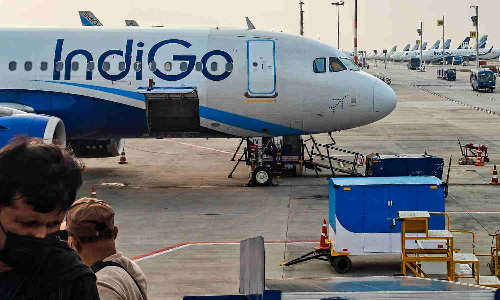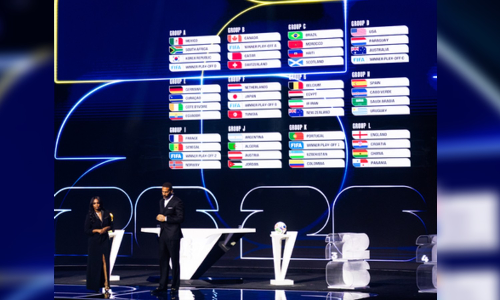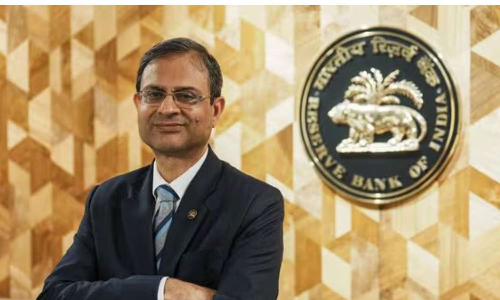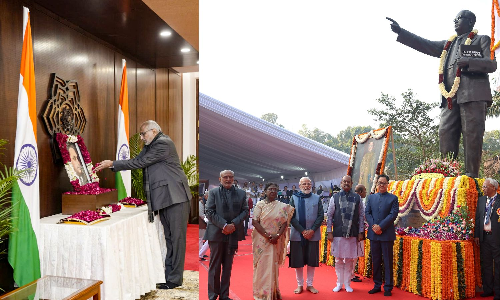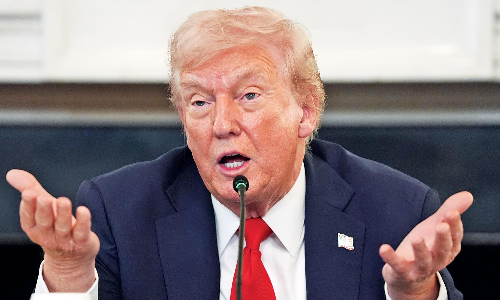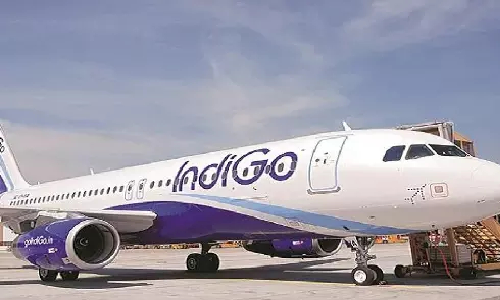News
Modi-Putin summit underscores India's tightrope between Washington and...
In its coverage, The Wall Street Journal reported that the Modi–Putin meeting took place amid pressure on India's reliance on discounted Russian crude...
5th day of chaos: IndiGo cancels 42 flights at Pune airport;...
6 Dec 2025 12:56 PM ISTAccording to airport authorities, 14 inbound and 28 outbound IndiGo flights were cancelled between Friday and Saturday midnight at the Pune airport,...
Indigo flights chaos: SCR to run special trains to clear passenger...
6 Dec 2025 12:46 PM ISTThe move comes as flyers face significant disruption and long queues at the airport due to the cancellation.
Mexico to face South Korea at home as FIFA unveil 2026 World Cup draw
6 Dec 2025 12:40 PM ISTWith expanded group formats and an unprecedented number of matches across Canada, Mexico and the United States, the draw ceremony delivered several...
RBI does not target any band for rupee, allows it to find its own...
6 Dec 2025 12:36 PM ISTThe governor's statement came at a time when the rupee breached the 90-mark against the US dollar, and is hovering near that level.
Vice-President Radhakrishnan recalls Ambedkar's role in shaping India
6 Dec 2025 12:35 PM ISTOne of the key architects of the Constitution, Ambedkar was also the first law minister of Independent India. He passed away on this day in 1956.
New US strategy raises questions over South Korea's security, role in...
6 Dec 2025 12:32 PM ISTThe 33-page document came as Seoul and Washington push to "modernise" their alliance in a way that would increase South Korea's role in its own...
Southern Railway to provide additional coaches for express trains amid...
6 Dec 2025 12:04 PM ISTTrain No 12695 Dr MGR Chennai Central – Thiruvananthapuram Central Superfast Express, Train No 12601 Dr MGR Chennai Central – Mangaluru Central...



